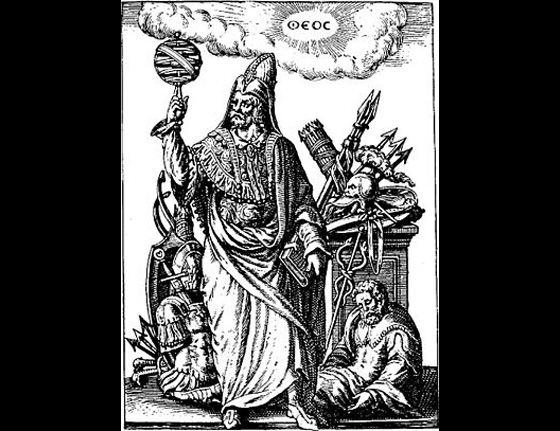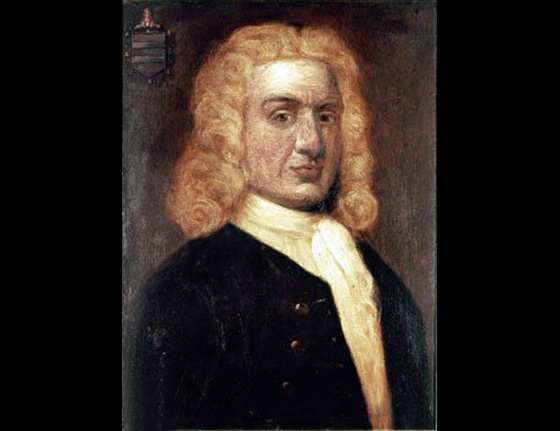Ep 21: Oak Island Money Pit Part 4
Podcast:
Photo Gallery:



Legend:
Pirate treasure? English, French or Spanish military plunder? The secret Rosicrucian works of Sir Francis Bacon and therefore also the possible original missing folios of Shakespeare? Or perhaps the greatest sacred antiquities lost to history, such as the Ark of the Covenant, the Holy Grail, the Spear of Longinus or the menorah from King Solomon’s temple? Or maybe it’s all just natural geological processes forming a sinkhole, plain and simple? These are just some of the theories of what could be down in the infamous and mysterious “Money Pit” on Oak Island, Nova Scotia — thought by many to be one of the greatest archeological mysteries of North America, and possibly the world.
Background:
Now that you’ve heard Parts 1 through 3 (hopefully!) covering the entire history and timeline of the Oak Island Money Pit, Part 4 covers most all of the theories out there of who could’ve built it, what they put down there and why.
Tonight’s Quote:
“…I’ll break my staff, Bury it certain fathoms in the earth, And deeper than did ever plummet sound I’ll drown my book.” ~ Prospero, from William Shakespeare’s (or Sir Francis Bacon’s?) The Tempest; Act 5, Scene 1, Page 3 Just a few of the links used for our research:
Just a few of the links used for our research:
8 minute version of Mr. Sukhwant Singh's presentation on the Viking ship in a sinkhole
1 hour 28 min version of Mr. Singh's Viking ship theory presentation
The First Nations tribe of the Mi'kmaq of Canada's Atlantic Provinces
Gorhambury, the Bacon Family and the Eight Shakespeare Quartos
Thomas Bushell - confidant to Bacon and possible engineer of the Money Pit
Webpage about the documentary "Shakespeare - The Hidden Truth" featuring Petter Amundsen
The Mystery of the Sea, a novel by Bram Stoker with some possible Oak Island connections?
Article on Freemasonry's connection to Oak Island and the Royal Arch of Enoch by Steven L. Harrison
Credits:
Episode 021 – ‘Oak Island Money Pit Part 4’ Produced by Scott Philbrook & Forrest Burgess, Ryan McCullough Sound Design, Special Thanks Tess Pfeifle Copyright Scott Philbrook & Forrest Burgess 2015, All Rights Reserved.
Photos:
1) Hermes Trismegistus; 2) Military Seal of the Knights Templar; 3) 8 pointed cross of the Knights Templar; 4) Pirate Flag commonly called “The Jolly Roger,” possibly appropriated from the Knights Templar Naval Flag and/or Masonic symbology; 5) “Grand Council Flag of the Mi’kmaq Nation” by Himasaram – Own work. Licensed under Public Domain via Wikimedia Commons, compared with the purported Templar/St. Clair (Sinclair) flag; 6) King Phillip IV of France, also known as “Phillip the Fair”; 7) Pope Clement V; 8) A manuscript illustration (c. 1350) alluding to the accusation of “obscene kisses” at the base of the spine by Templar initiates; 9) Jacques de Molay sentenced to the stake in 1314, from the Chronicle of France or of St Denis (fourteenth century). Note the shape of the island, representing the Île de la Cité (Island of the City) in the Seine, where the executions took place; 10) Philip IV ordering the burning of Knights Templar by Giovanni Boccaccio; 11) Jacques de Molay, 23rd and last Grand Master of the Knights Templar; 12) Statue of Prince Henry Sinclair; 13) The Temple of the Rose Cross, Teophilus Schweighardt Constantiens, 1618; 14) Square and Compass symbol of Freemasonry; 15) Christian Rosenkreuz (also spelled Rosenkreutz) founder of the Rosicrucian Order (Order of the Rosy Cross) 16) The Count of St. Germain; 17) Captain William Kidd, 18th century portrait by Sir James Thornhill; 18) An 18th-century depiction of Henry Every (or Avery), with the Fancy shown engaging its prey in the background; 19) A woodcut from “The Pirates Own Book” showing Henry Avery’s (or Every) ship, the Fancy engaging the Ganj-i-sawai; 20) The Chandos Portrait of William Shakespeare, attributed to John Taylor; 21) Portrait of Francis Bacon, by Frans Pourbus the younger (1617), Palace on the Water in Warsaw; 22) The Shepherd’s Monument in its rustic arch, on the grounds of Shugborough Hall in Staffordshire, England,; 23) The Shugborough relief, adapted from Nicolas Poussin‘s second version of The Shepherds of Arcadia; 24) Close-up of the Shepherd’s fingers partially covering the letters “N” and “R” on the Shugborough Monument’s inscription — could the “N” stand for Nova Scotia and covering the “R” turn “Arcadia” into “Acadia?”; 25) Sculpture of the mysterious “Bald-headed, smiling man” located at the top, left-of-center on the Shepherds Monument – could it be Shakespeare or Francis Bacon? 26) Shakespeare’s funerary monument, Holy Trinity Church,Stratford; 27) Self-portrait of Nicolas Poussin, 1650; 28) Nicolas Poussin’s second version of “Et in Arcadia ego” also known as “Les Bergers d’Arcadie” (The Shepherds of Arcadia) 1637-1638; 29) Nicolas Poussin’s painting of: The Four Seasons: Summer, or Ruth and Boaz, 1660–1664; 30) The 10 Sephirot from Jewish Kabbalah, arranged into the 3 columns, with the 22 Paths of Connection of three types.
